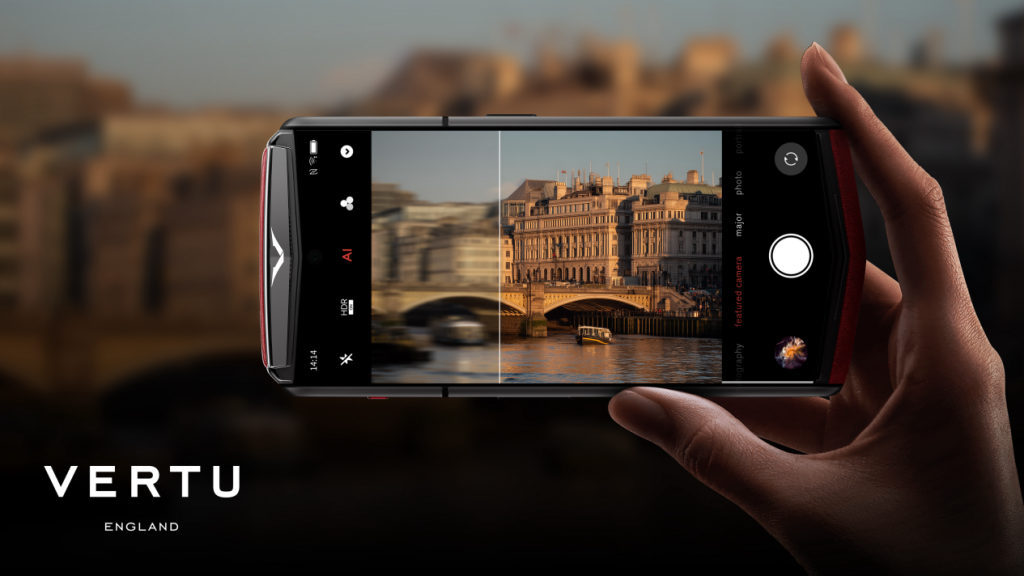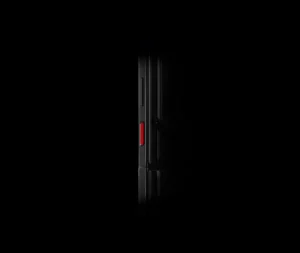
Agent Q Quick Start: Decoding the Three Pillars of Photography
The Agent Q camera system brings professional-grade photography into your hands. To truly unlock its potential and capture master-level images, you must first master the Exposure Triangle (Composition, Light, Exposure).
Here is a quick reference for Agent Q's core technical specifications and their application:
| Agent Q Key Parameter | Advantage & Application Scenario | Key SEO Keywords |
| Main Camera Focal Length | 35mm equivalent—the “golden focal length” for street and documentary photography. | 35mm lens, Street Photography, Documentary |
| Variable Aperture | f/1.59 to f/4.0, offering flexible control over depth of field and background blur. | f/1.59 Aperture, Variable Aperture, Background Blur |
| High Resolution Sensor | 50MP sensor, ensuring high detail and excellent image quality. | 50 Megapixel, High Resolution, Image Quality |
| Macro Capability | Minimum focusing distance of 2.5cm with an approximately 1:1 magnification ratio. | 2.5cm Macro, Extreme Close-Up, Insect Photography |
| Wide-Angle Lens | Approx. 14mm equivalent, offering a 122° ultra-wide field of view. | 14mm Ultra-Wide, Landscape Photography, Wide-Angle |
Style Tutorial 1: Humanistic Portraits and Emotional Storytelling
The essence of humanistic photography lies in capturing genuine emotion and the “Decisive Moment.” Agent Q's 35mm main camera is your perfect tool.
Portrait Light and Emotion (Inspired by Steve McCurry)
- Lighting Technique: Favor 45° side lighting or diffused light (cloudy days or near a window) to sculpt the face and convey emotional depth. Avoid harsh overhead light.
- Exposure Secret: Switch to Spot Metering mode and aim the metering point precisely at the subject's face (the eyes are ideal) to ensure accurate facial exposure.
- Aperture Setting: Use the large aperture of f/1.59 – f/2.8 to maximize background blur (bokeh) and isolate the subject, drawing the viewer's focus.
- Composition: Utilize a vertical frame (portrait orientation) and place the subject's face on the upper third intersection point for maximum visual impact.
Capturing the Decisive Moment (Inspired by Henri Cartier-Bresson)
- Shutter Priority: Set the shutter speed to 1/500 second or faster. This is crucial for freezing action and capturing fast-moving or fleeting street scenes.
- Depth of Field Control: The aperture should be slightly closed down to around f/4 to ensure a deeper depth of field, keeping both the main subject and key environmental elements sharp.
- Focus Tip: Use Continuous Autofocus or pre-focus on the anticipated path of your subject. Engage Agent Q’s burst mode for higher success rates in candid shots.
Style Tutorial 2: Extreme Macro and Detail Exploration
With a 2.5cm minimum focusing distance and 1:1 magnification, Agent Q is an exceptional tool for exploring the miniature world.
Morning Dewdrops & Insect Portraits
- Focus Distance: Get as close as possible, maintaining a distance of around 2.5cm from the subject.
- Lighting: Diffused light (cloudy sky or softbox/diffuser) is essential for macro. It illuminates fine details evenly and minimizes blown-out highlights.
- Aperture Setting: Because the depth of field in macro is extremely shallow, close the aperture down to f/2.8 – f/4 to ensure critical parts of the subject (like an insect's eyes) are sharp.
- Stability: Use Agent Q’s Dual Image Stabilization (OIS+EIS), or preferably a tripod, to eliminate micro-shake that can ruin a close-up shot.
Style Tutorial 3: Grand Landscape and Dramatic Light
To capture breathtaking landscapes, you must leverage light and Agent Q's ultra-wide capability.
The Blue Hour & Ultra-Wide Application
- Optimal Timing: Shoot during the “Blue Hour”—the 30 minutes after sunset or before sunrise. The sky produces a deep, atmospheric blue color.
- Lens Selection: Switch to the 14mm ultra-wide lens (122° field of view) to incorporate more foreground and environmental context, adding scale and drama to the scene.
- Exposure Control: Shoot in RAW format to retain maximum data for post-processing flexibility. When shooting high-contrast scenes (like sunsets), consider using Exposure Compensation -0.3 EV to protect the highlight details.
- Composition: Utilize leading lines (roads, rivers, fences) to draw the viewer’s eye deep into the frame.
From Replication to Creation: The Agent Q Four-Step Master Method
Mastering the technical settings is only the beginning. The Agent Q guide recommends a “Four-Step Method” for accelerated growth:
- Replicate: Strictly follow the parameters and environmental settings from the tutorials to faithfully reproduce the master's work.
- Deconstruct: Compare your photo to the original and analyze the causes of success or failure. Understand the relationship between light, composition, and technical settings.
- Refine: Based on your analysis, make subtle adjustments to the aperture, shutter speed, or composition, and shoot a variant version.
- Personalize: Integrate your personal aesthetic and living environment to create unique, original works.
Grab your Agent Q and start your journey to photographic mastery today!








